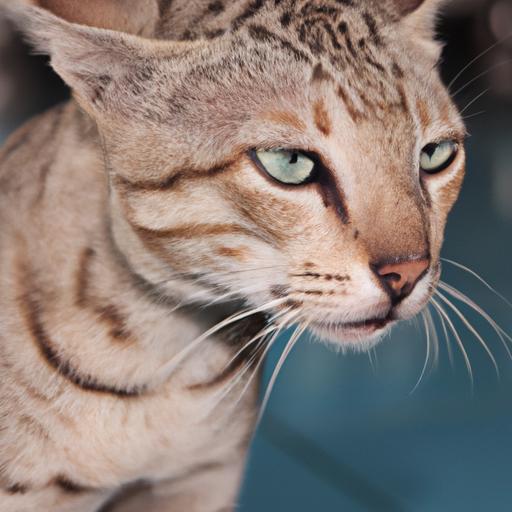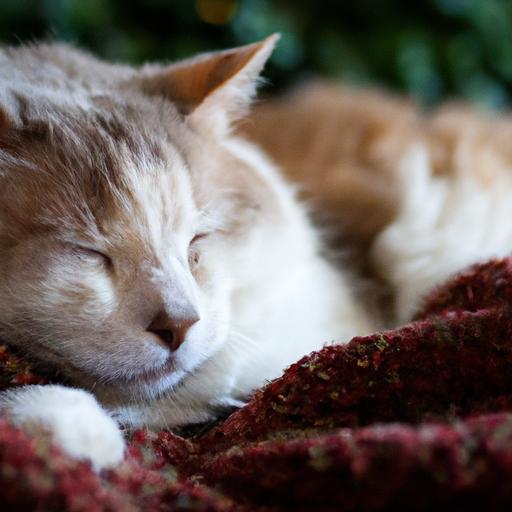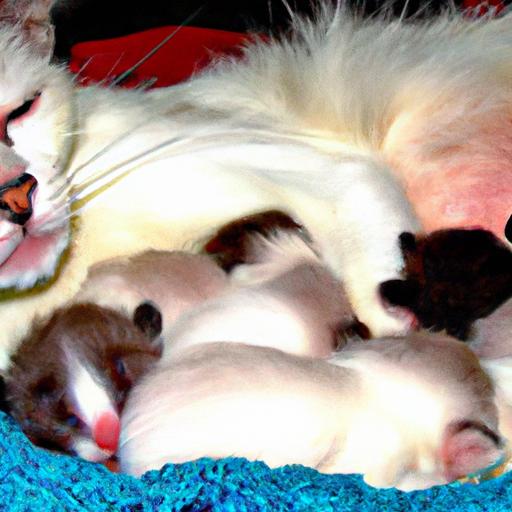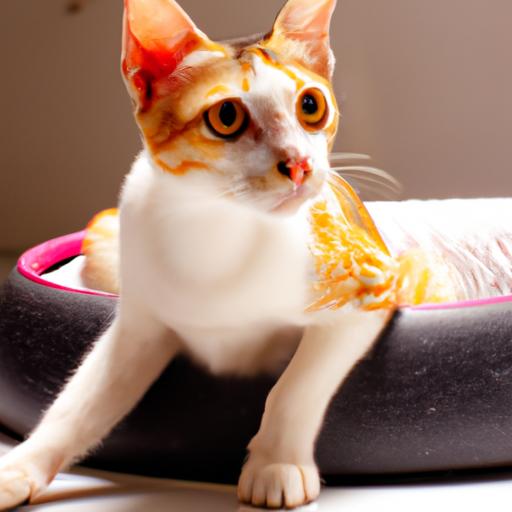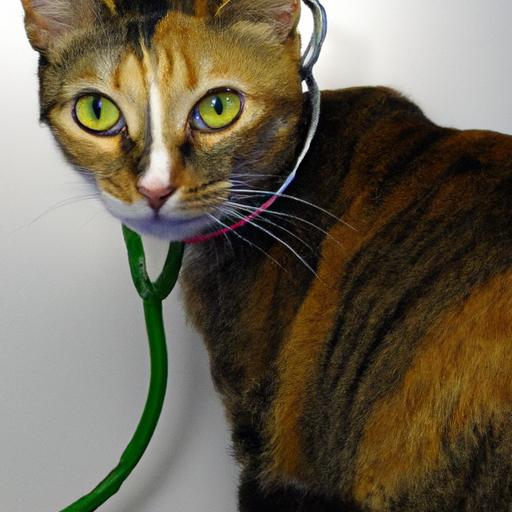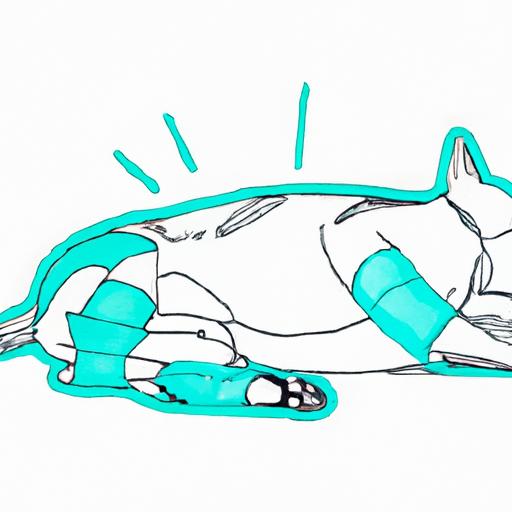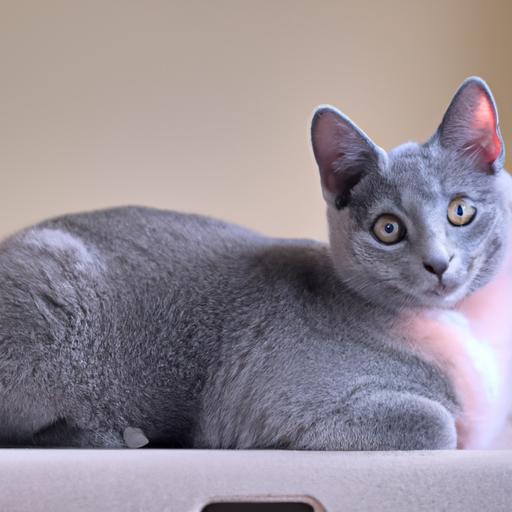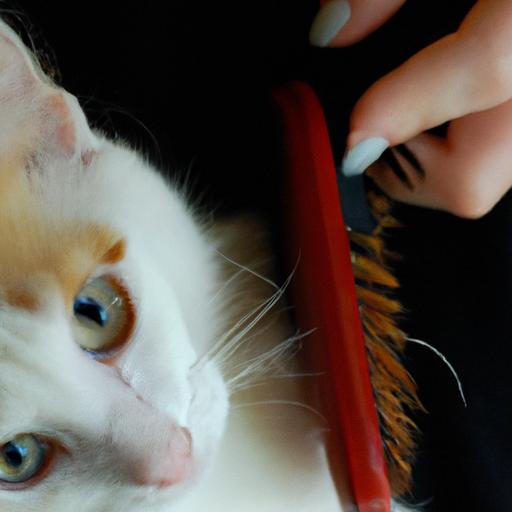
Understanding Feline Behavioral Disorders: A Comprehensive Guide
Discover the causes, symptoms, and impact of feline behavioral disorders. Gain a comprehensive understanding to ensure your cat’s well-being.
Introduction
Welcome to our comprehensive guide on understanding feline behavioral disorders. As cat owners, it is crucial to recognize and comprehend these disorders to ensure the well-being and happiness of our feline companions. In this article, we will explore the various types of feline behavioral disorders, their causes, symptoms, and the impact they have on a cat’s overall quality of life.

Understanding Feline Behavioral Disorders
Feline behavioral disorders encompass a range of conditions that affect a cat’s behavior, emotions, and interactions. By familiarizing ourselves with these disorders, we can better respond to our cat’s needs and provide appropriate care. Let’s delve into the key aspects of understanding feline behavioral disorders:
Types of Feline Behavioral Disorders
There are several common types of feline behavioral disorders, each with its unique characteristics. These may include:
-
Aggression Disorders: Cats may exhibit aggressive behaviors towards humans or other animals, which can stem from territoriality, fear, or redirected aggression.
-
Anxiety and Phobias: Cats may experience anxiety or develop phobias, manifesting in excessive grooming, hiding, urine spraying, or destructive behavior.
-
Compulsive Disorders: Similar to humans, cats can develop compulsive behaviors such as excessive grooming, tail chasing, or paw licking, often resulting from stress or boredom.
-
Elimination Disorders: Inappropriate elimination, such as urinating or defecating outside the litter box, is a common behavioral problem among cats.
Causes and Contributing Factors
Feline behavioral disorders can arise from various causes and contributing factors. Some potential triggers include:
-
Environmental Factors: Changes in a cat’s environment, such as a new home, the introduction of a new pet, or a lack of mental stimulation, can lead to behavioral disturbances.
-
Medical Conditions: Underlying medical conditions, including pain, urinary tract infections, or hormonal imbalances, can manifest as behavioral disorders.
-
Early Life Experiences: Kittens with inadequate socialization during their critical development stages may struggle with behavioral issues later in life.
Signs and Symptoms
Recognizing the signs and symptoms of feline behavioral disorders is vital for early identification and intervention. Look out for the following indications:
-
Excessive Vocalization: Cats with behavioral disorders may excessively meow, growl, or yowl.
-
Aggressive Behavior: Unprovoked aggression towards people or other animals is a red flag for a potential behavioral disorder.
-
Changes in Elimination Habits: Frequent accidents outside the litter box or sudden aversion to the litter box may signal a behavioral issue.
-
Unusual Repetitive Behaviors: Cats exhibiting repetitive behaviors like excessive grooming, tail chasing, or pacing may be struggling with a behavioral disorder.
Impact on the Cat’s Well-being
Feline behavioral disorders not only affect a cat’s behavior but also impact their overall well-being and quality of life. Untreated disorders can lead to increased stress, anxiety, and physical health problems. Understanding and addressing these disorders promptly is crucial for providing our feline friends with a happy and fulfilling life.
Frequently Asked Questions (FAQs)
Here are some common questions about feline behavioral disorders:
What are the most common feline behavioral disorders?
The most common feline behavioral disorders include aggression disorders, anxiety and phobias, compulsive disorders, and elimination disorders.
How can one differentiate between a behavioral disorder and normal cat behavior?
Differentiating between normal cat behavior and a behavioral disorder can be challenging. However, persistent, extreme, or sudden changes in behavior should raise concern and prompt a closer evaluation by a veterinarian or feline behavior specialist.
Are these disorders treatable?
Yes, feline behavioral disorders are often treatable. Treatment may involve a combination of behavior modification techniques, environmental enrichment, and, in some cases, medication. Consulting with a professional is crucial to develop an appropriate treatment plan for your cat.
Can they be prevented?
While it is not always possible to prevent feline behavioral disorders entirely, there are steps you can take to minimize the risk. Providing a stimulating environment, proper socialization during kittenhood, and regular veterinary check-ups can help reduce the likelihood of behavioral issues.
How can one provide a supportive environment for a cat with a behavioral disorder?
Creating a supportive environment involves understanding your cat’s specific needs. This may include providing mental and physical stimulation, maintaining a consistent routine, offering hiding spots or safe spaces, and using positive reinforcement techniques during training.
Conclusion
Understanding feline behavioral disorders is essential for every cat owner. By familiarizing ourselves with the types, causes, symptoms, and impact of these disorders, we can provide the best possible care for our feline companions. Remember, if you suspect your cat may be experiencing a behavioral disorder, seek professional help to ensure their well-being and happiness. Together, we can create a nurturing and enriching environment for our beloved cats.
Remember, a happy and healthy cat leads to a happy and harmonious home!

